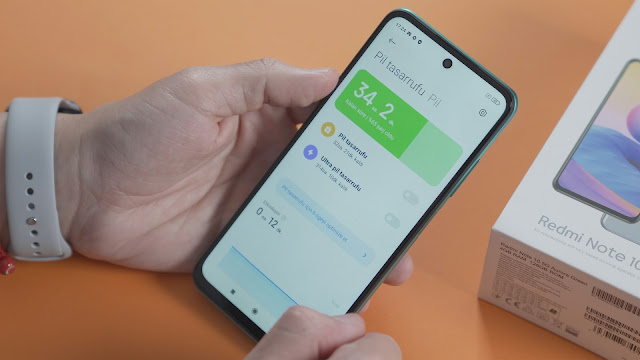Exploring the Latest Features in Android Updates

In the fast-paced world of mobile technology, staying abreast of the latest updates and features is crucial for Android enthusiasts. With each iteration, Android continues to evolve, introducing new functionalities that redefine the user experience. In this comprehensive exploration, we will delve into the intricacies of the latest Android updates, shedding light on the innovative features that shape the future of mobile computing. Android's Adaptive Battery and Performance Enhancements: Adaptive Battery: Unravel the mysteries behind Adaptive Battery, an intelligent feature designed to optimize device performance by predicting the user's app usage patterns. Discuss how this technology extends battery life and enhances overall efficiency. Performance Enhancements: Explore the improvements made in the latest Android updates to boost device performance. From faster app launches to smoother multitasking, understand how these enhancements contribute to a seamless user experience. Pr





